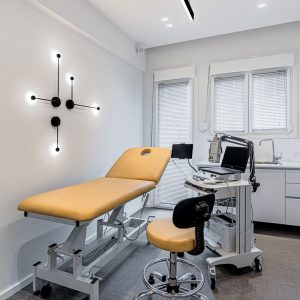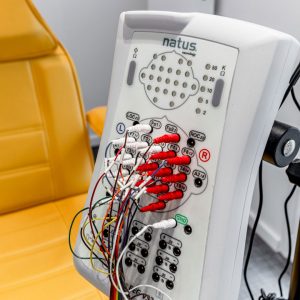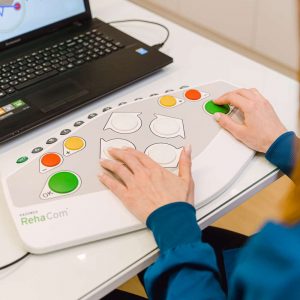Treatment
Headache
Αρχική / Services – Clinic Treatments / Treatment of Headache
Information
for headache
What is;
- Headache (or headache) is a very common symptom. It occurs in almost half of the adult population, but also in children. Pain is a disease and headache requires the help of a specialist who will evaluate it.
- Migraine is the most common disease (over 15% of all people) characterized by, among other things, recurrent, long-lasting, and severe seizures with headache and other symptoms.
- Scientific research supports the use of medical, pharmaceutical and non-medical, but also alternative treatments for this condition.
When should you visit a Neurologist?
The main symptom is: pain located anywhere on the head .
In particular, depending on the type of headache that the patient has, the following may occur:
- constant pain on both sides of the head (as if a rope were tied tightly enough around the head)
- severe or unbearable pain in the front and side of the head
- severe pain in or around the eye on one side of the head
- severe pain in the back of the head and in the neck area
It is important to contact your doctor if:
- the headaches are intense, stronger and appear abruptly
- have a long duration, many additional symptoms or do not stop
- accompanied by seizures, fainting or confusion
- accompanied by neurological symptoms, eg weakness / numbness in the arm or leg, difficulty speaking or decreased vision
- accompanied by high fever (> 39)
- headaches can not be treated with existing treatment or with common painkillers
- you often have "common-day" headaches
- you show a new type of headache or a significant change in the characteristics of the usual, eg 'new type of headache' etc.
- you experience headaches after a blow to the head or throat
- you experience headaches after exercise or coughing
- accompanied by vomiting
- Do you suffer from other systemic conditions, or is a pregnant woman who needs or is taking medicines for headaches
- the symptoms you are experiencing are causing malfunction in your life (influence of daily life, work, social activities, hobbies, family relationships, etc.) and have not been diagnosed.
Diagnosis
headaches
-
Obtaining a general medical history
and a history of headaches (the most important part of the diagnosis process) -
Clinical examination
(complete physical and neurological examination) -
Auxiliary - outpatient examinations
such as electroencephalogram, blood tests, magnetic resonance imaging of the brain (in special cases lumbar puncture) -
Completion of questionnaires
for the complete clarification of headaches and accompanying symptoms, as well as aggravating factors (diet, sleep quality, physical activity, etc.) -
Interview
with the clinical psychologist when necessary
Treatment
headaches
- administration of drugs to treat pain and accompanying symptoms, e.g. vomiting
- administration of prophylactic drugs - reduction of the frequency and intensity of headaches
- preventive measures (eg lifestyle changes, diet)
- special treatments, such as local injections of botulinum toxin (Botox) into specific areas of the head
- use of specific monoclonal antibodies for the prevention of migraine
non-drug treatments
- psychotherapy (eg stress management etc.)
- recommendation and guidance for appropriate physiotherapy
- use of new technology of non-invasive nerve stimulation devices
Diagnosis
headaches
-
Obtaining a general medical history
and a history of headaches (the most important part of the diagnosis process) -
Clinical examination
(complete physical and neurological examination) -
Auxiliary - outpatient examinations
such as electroencephalogram, blood tests, magnetic resonance imaging of the brain (in special cases lumbar puncture) -
Completion of questionnaires
for the complete clarification of headaches and accompanying symptoms, as well as aggravating factors (diet, sleep quality, physical activity, etc.) -
Interview
with the clinical psychologist when necessary
Treatment
headaches
- administration of drugs to treat pain and accompanying symptoms, e.g. vomiting
- administration of prophylactic drugs - reduction of the frequency and intensity of headaches
- preventive measures (eg lifestyle changes, diet)
- specific treatments, such as topical injection of botulinum toxin (Botox) into specific areas of the head
- use of specific monoclonal antibodies for the prevention of migraine
non-drug treatments
- psychotherapy (eg stress management etc.)
- recommendation and guidance for appropriate physiotherapy
- use of new technology of non-invasive nerve stimulation devices


